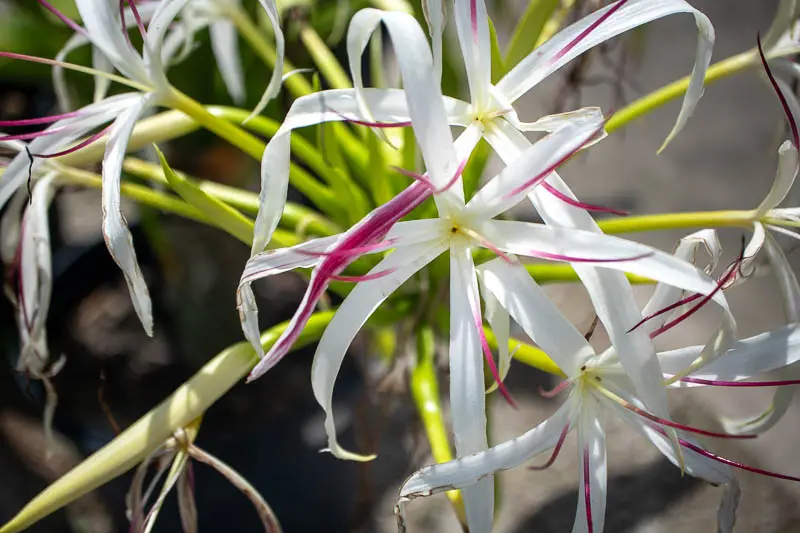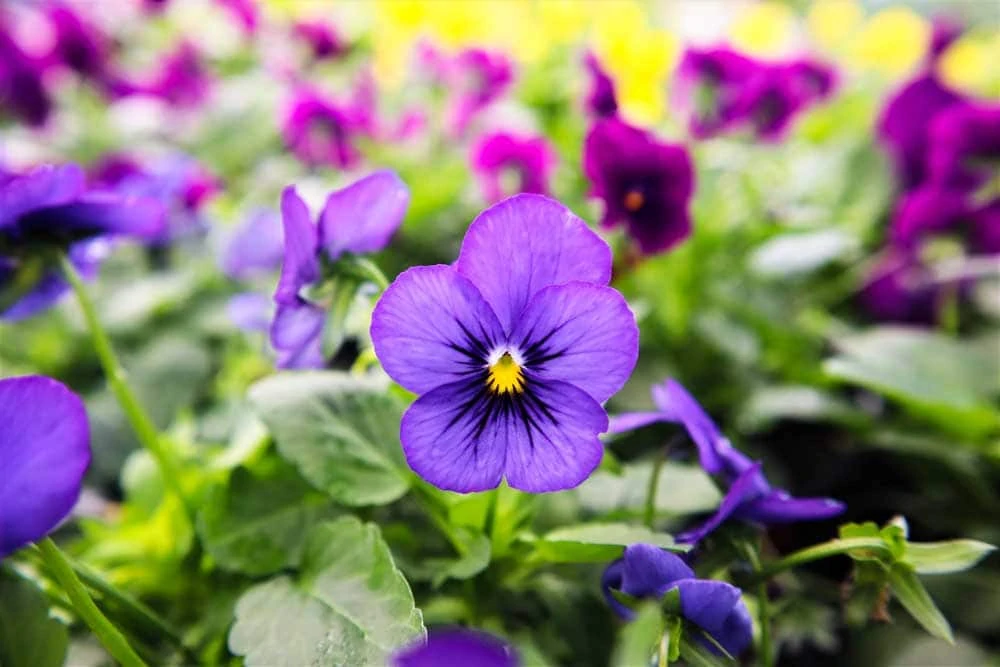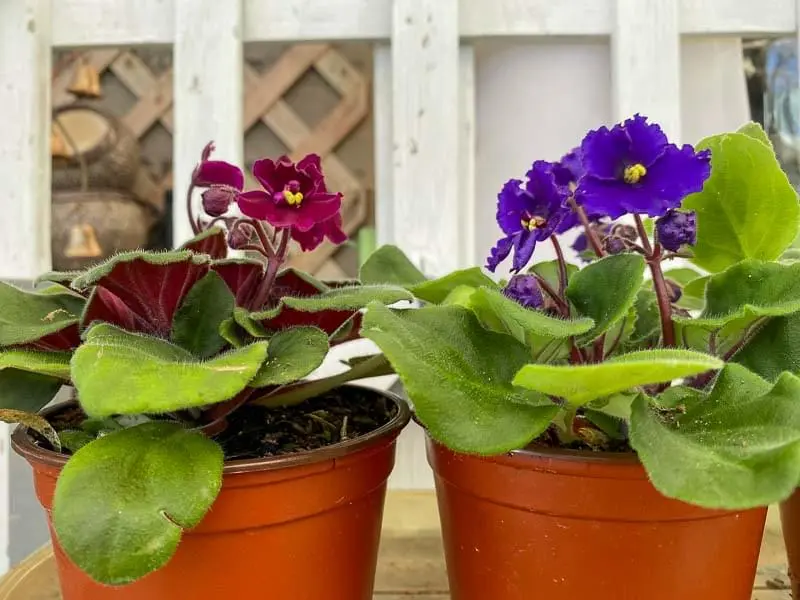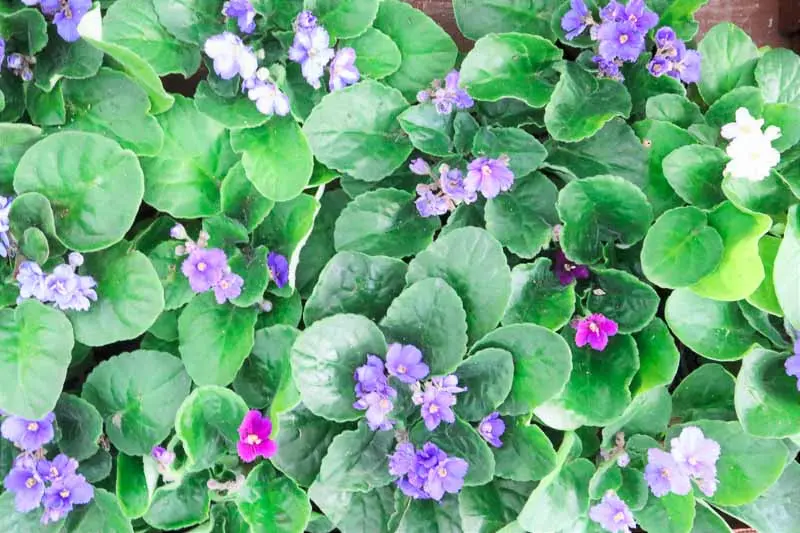by Amanda Rose Newton
Welcome to month 2 of our special series on birth flowers, where we explore the unique blossoms associated with each month and provide tips for incorporating these beauties into your garden– especially if you’re in Florida.
February, with its cool yet gradually warming days, brings us the delicate violets and majestic irises as its birth flowers.

While these plants have their charm, Florida’s unique climate calls for alternatives that thrive in its environment. Let’s dive into understanding these flowers and exploring Florida-friendly options that capture the essence of February’s birth flowers, along with care tips for a flourishing garden.
Meaning Behind February’s Birth Flowers: Violets and Irises
Violets, with their heart-shaped leaves and vibrant purple hues, symbolize loyalty, faithfulness, and wisdom. They prefer cooler temperatures and moist, shaded areas, making them a challenge to grow in Florida’s warmer climate.

Irises, on the other hand, are known for their striking appearance and variety of colors. They symbolize courage, admiration, and hope. While some iris varieties can adapt to Florida’s environment, others may struggle with the heat and humidity.
Florida-Friendly Alternatives
For Violets: African Violets
A wonderful alternative to traditional violets is the African violet (Saintpaulia spp.).

Perfect for indoor gardening, these plants can bring the essence of violets into your Florida home. They thrive in indirect light and with consistent moisture, mimicking the cool, shaded environments preferred by their temperate cousins. Their lush, velvet-like petals come in shades of purple, along with pink and white, offering a year-round bloom.
Care Tips:
- Keep the soil consistently moist but avoid waterlogging.
- Place them in bright, indirect light.
- Maintain indoor temperatures between 65-75°F (18-24°C) for optimal growth.
For Irises: Blue Flag or Virginia Iris
The Blue Flag or Virginia iris (Iris virginica) is a Florida native, making it an excellent choice for gardens as it adapts well to the climate, especially in areas that are wet or have standing water.
These irises can provide the same visual impact as their traditional counterparts, with a variety of colors ranging from deep blue to vibrant lavender. They are particularly suited to pond edges or rain gardens, where their striking blooms can be reflected in the water.
Care Tips:
- Plant in a location that receives full to partial sun.
- Ensure the soil is fertile and retains moisture well.
- Blue Flag irises can tolerate standing water, making them perfect for wet areas in the garden.
Incorporating These Alternatives into Your Garden
When introducing these plants into your Florida garden, consider their light and water requirements. Both African violets and Blue Flag irises can add color and beauty to your landscape, whether they’re indoor or in the garden.

By choosing these alternatives, you can celebrate the essence of February’s birth flowers while ensuring your garden thrives throughout the year.
Whether you’re a February baby or simply a lover of violets and irises, incorporating these Florida-friendly alternatives into your home or garden allows you to celebrate these beautiful blooms in a way that suits the Sunshine State’s unique climate. With the right care and placement, you can enjoy the vibrant colors and symbolism of February’s birth flowers all year round.
Stay tuned for our next post in this series, where we’ll explore the birth flowers of March and their Florida-friendly counterparts.


